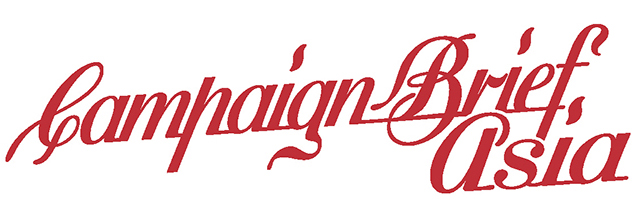Luke Martin: What the creative industry can learn from the tech industry

By Luke Martin, ECD, 72andSunny ANZ
Globally, the tech companies have been draining the creative industry’s talent, luring them with better packages, better benefits, better briefs. The tech companies are also eating our lunch, as client partners divert more spend away from agencies into the media platforms. The creative industry can learn a lot from how tech companies operate to not only retain our talent but also our client partners.
There are two types of tech companies, hardware and software. Having worked inside both (I spent eight years working inside Apple and Facebook in the US), I believe that we have traditionally aligned our industry with the way hardware companies operate but, to thrive in the modern world, we must emulate the culture and ways of working of software companies.
The way our industry has traditionally approached creativity is like a hardware company
The legacy process, cultures and behaviours of our industry remind me a lot of working at Apple.
The linear process – with different specialists building their part of the product, then passing it along, perfected, to the next part of the assembly line. Strategy to creative to production. Each team, individually accountable.
The closed system – clients only checking in at specific gates, to give the okay before it continues down the production line. Each specialism working in silos, protecting their work, staying in their lane.
The obsession with perfection – waiting until the product is perfect to share. Meticulously crafting and recrafting (don’t get me wrong craft is more important than ever but we need to be comfortable with sharing scrappy, and craft along the journey).
The slowness – our industry has traditionally been incentivised for slowness, being paid more the more head hours it takes.
The annual product releases – once the advertising “product” ships, leaving it in-market until the next campaign.
Modern creative companies should be designed like software companies
To thrive in the modern world, to create vibrant creative cultures and to attract and retain modern clients, advertising companies need to be designed more like software companies.
An iterative process – bringing client partners in early and often. Jamming on the strategy and ideas. Everyone has value to add and more diverse viewpoints, more often, make the work better and creates a sense of shared ownership.
A belief in collaboration – rather than specialists focused on their craft, one team focused on the problem, with the client and agency on the same team. Brilliant, game-changing and effective work is born from collaboration, intuition and trust.
A fluid process – an openness to evolve strategic thinking after the creative brief, to allow production to inform execution. An openness to optimise our creative solutions, whenever we have the relevant data or feedback.
Move at speed – most businesses operate on monthly or quarterly timelines. The creative industry needs to adopt the sprint mentality of software companies. Iterating, collaboratively as they go. Or, move fast and break things, once a Facebook mantra.
Systems thinking – modern advertising needs to be designed like a system. Systems thinking ensures that every component has a clearly defined function. It ensures that campaigns feel consistent across every interaction. Rarely is one company producing the entirety of a campaign. You need system thinking expressed in clear toolkits to provide a playbook for other parties to create from, from in house clients to media teams to specialist agencies.
In market optimisation – there is so much data that we can glean on the performance of our work. So much opportunity to continually optimise our work, live in-market.
A simple operating system – if we should approach creating advertising like software then brand is the operating system. Robust, inspiring brand strategy, clear brand platforms and design systems set the direction and rules of engagement.
An open culture – openness should define the culture of modern advertising companies. At Facebook, transparency bred creative thinking. An openness to new ways of working, to different viewpoints. A culture where teams, of clients and agencies together, feel shared ownership of the idea. Rather than a creative team feeling like it is theirs.
How do you see your product?
There isn’t one size fits all. Our industry needs different cultures and shapes of companies to thrive. When thinking about your creative company, or the type of creative company you want to work in or partner with, what’s a better fit for you, a hardware or software company?
